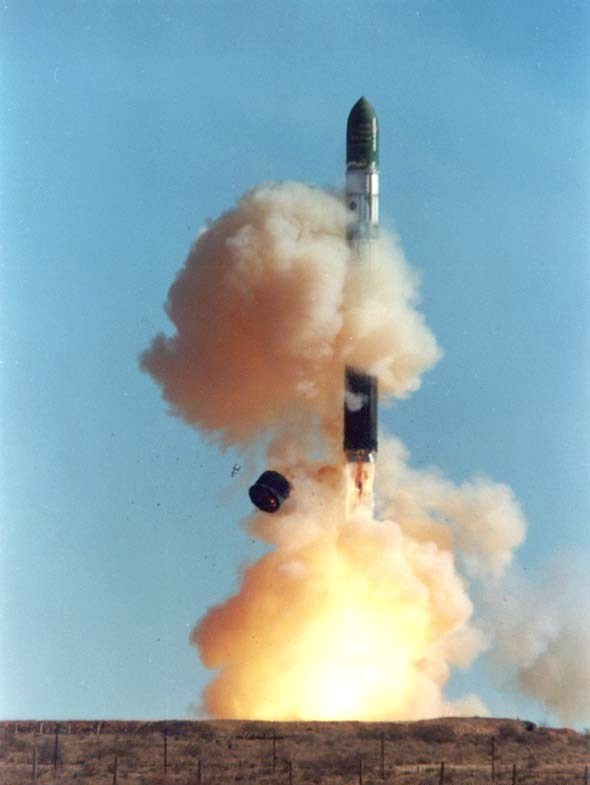R-36
The R-36 missile
The R-36 is a series of intercontinental ballistic missiles (ICBMs) developed by the Soviet Union during the Cold War. The R-36 has been in service since the late 1960s and remains a key component of Russia’s strategic nuclear deterrent. The R-36 is a two-stage missile, with a range of up to 11,000 kilometers. It is capable of carrying up to 10 independently targetable nuclear warheads, making it one of the most powerful weapons in the world.
The missile is launched from a silo or a mobile launcher and is designed to be highly accurate, allowing it to hit targets with precision. One of the most notable features of the R-36 is its sheer size. The missile is over 30 meters long and has a diameter of more than three meters. It is also one of the heaviest missiles ever built, weighing in at over 200 tons. Despite its impressive capabilities, the R-36 has been the subject of controversy over the years. In the late 1980s, the Soviet Union agreed to reduce its arsenal of R-36 missiles as part of a series of arms control agreements with the United States. As a result, many of the missiles were decommissioned and destroyed.
Today, the R-36 continues to be an important part of Russia’s nuclear deterrent, but it is gradually being phased out in favor of newer, more advanced systems. Despite this, the R-36 remains a formidable weapon and a symbol of the powerful military capabilities of the Soviet Union during the Cold War.
RELATED STORIES:
http://www.military-today.com/missiles/ss18_satan.htm
http://www.astronautix.com/r/r-36.html















